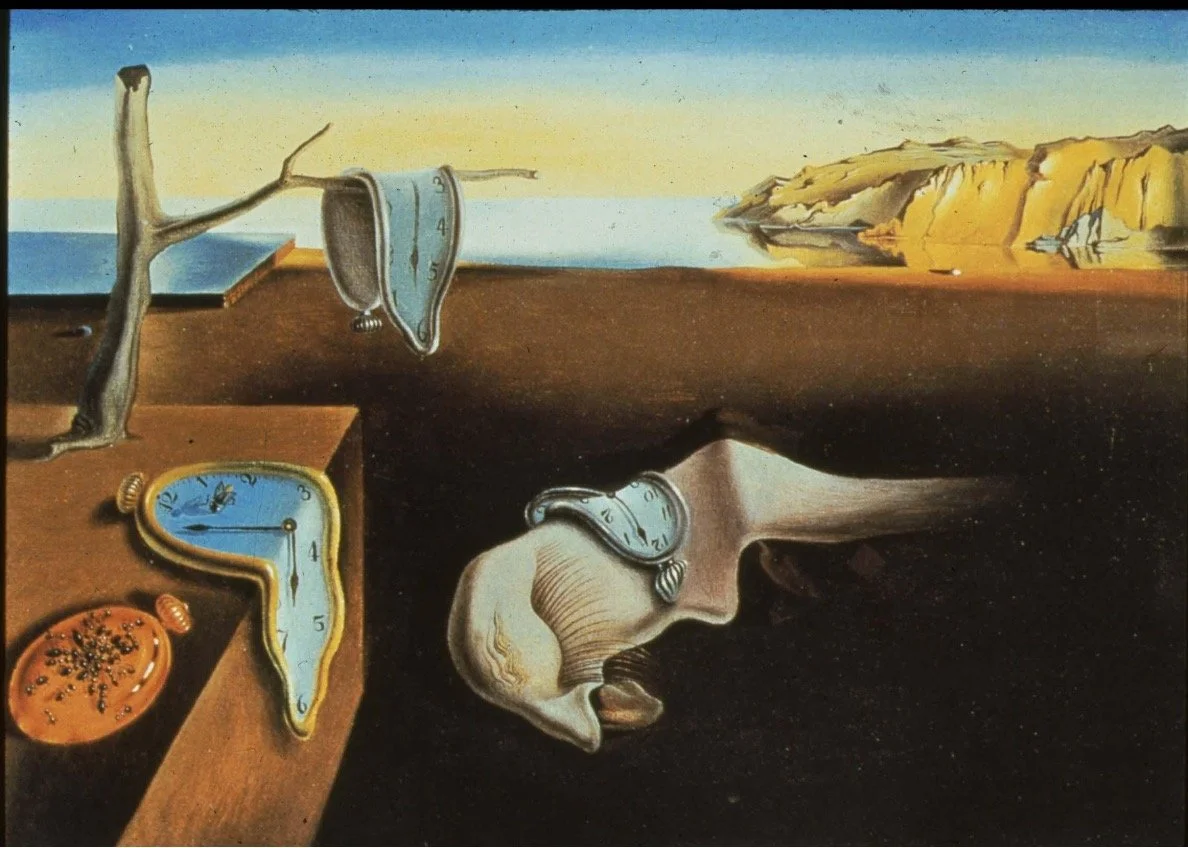Thursdays, November 14 & 21, 2024
7:30 PM
On October 15, 1924, André Breton published his first Surrealist Manifesto in Paris which gave birth to the surrealist movement. These two lectures celebrate the centennial of surrealism. Surrealist artists and writers were inspired by Sigmund Freud’s dream analysis and the exploration of the subconscious mind. They tried to express themselves without any restrictions of reason, moral, or aesthetic considerations. Surrealists under the leadership of Breton marked a transition from the anarchist Dada movement to the proposition of a superior alternative in Surrealism.
November 14 » Surrealism: Paris 1924–1939
A year after publishing his Surrealist Manifesto, Breton organized the first group exhibition for La peinture surréaliste in the Gallery Pierre in Paris. It included work by Giorgio de Chirico, Paul Klee, Pablo Picasso, Jean Arp, Max Ernst, Joan Miró, André Masson, Man Ray, Jean Tanguy, and Pierre Roy. New members joined the group in 1929: former Dadaist Tristan Tzara, Salvador Dalí, filmmaker Luis Bunuel, and sculptor Alberto Giacometti. A group of talented women artists have long stood in the shadow of their famous male peers. This lecture also explores the contributions of Leonora Carrington, photographer Dora Mar, Lee Miller, and Meret Oppenheim. The beginning of WWII scattered the surrealist group all over the world.
November 21 » The Spread of Surrealism Around the World
From Paris, surrealism spread to Belgium, where René Magritte became a leading figure. In New York, Marcel Duchamp, Max Ernst, and Dorothea Tanning represented surrealism at Peggy Guggenheim’s Gallery of the Century. In Mexico City Frida Kahlo and Diego Riviera together with a group of exiles from WWII, like Leonor Fini and Remedios Varo, organized and showed surrealist art. Exhibitions sprang up in Belgrade, Cairo, Prague, Brussels, London, and San Francisco. A historical survey of Fantastic Art, Dada, Surrealism at MOMA in 1936 introduced the movement to a wider audience.
Breton’s death in 1966 left no heir to unite the divergent branches of surrealist artists all over the world and led to the end of surrealism as a unified movement, but its influence continues today.
About Cornelia Feye:
Cornelia Feye has a MA in art history and anthropology from the University of Tübingen, Germany. She traveled around the world for seven years before landing in New York City, where she was an art educator at the Jacques Marchais Museum for Tibetan Art on Staten Island. After moving to San Diego, she added the Museum of Art and the Mingei International Museum to her education résumé, and for 10 years she was Director of the School of the Arts and Arts Education at the Athenaeum of Music & Arts. Feye has taught Western and non-Western art history at colleges and universities in San Diego and continues to lecture at UCSD with an emphasis on women artists and conceptual art. Feye has blended her knowledge of art history with her love of writing in five art mystery novels, including Spring of Tears, which, along with her short story anthology Magic, Mystery & Murder won San Diego Book Awards. As publisher of Konstellation Press, she gives a voice to independent authors. She currently lives in Ocean Beach, California, where she enjoys writing, rollerblading and looking for the green flash.
Tickets: $16/21
The lecture will be in person at the Athenaeum Music & Arts Library. There are no physical tickets for this event. Your name will be on an attendee list at the front door. Doors open at 7 p.m. Seating is first-come; first-served. This event will be presented in compliance with State of California and County of San Diego health regulations as applicable at the time of the lecture.

